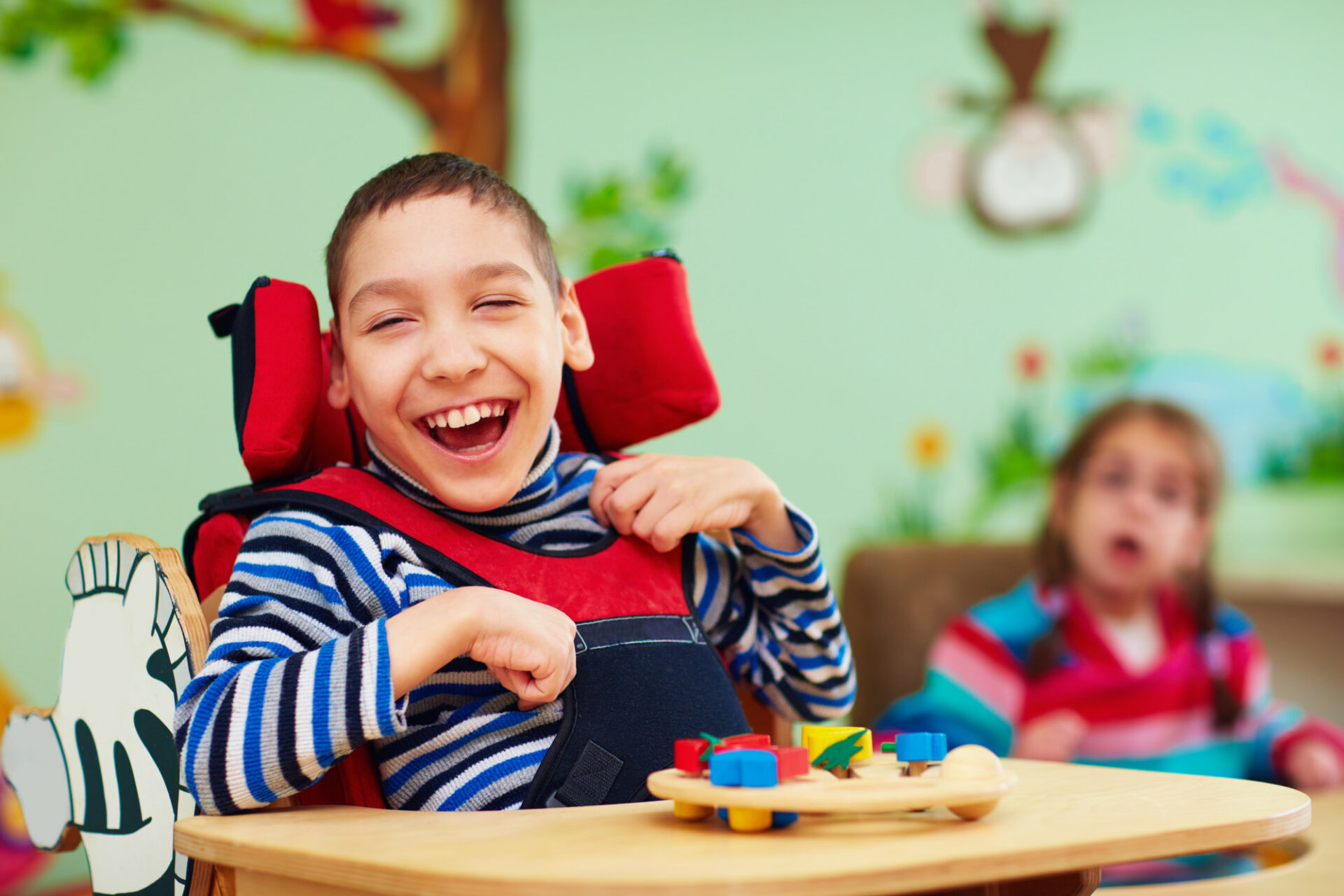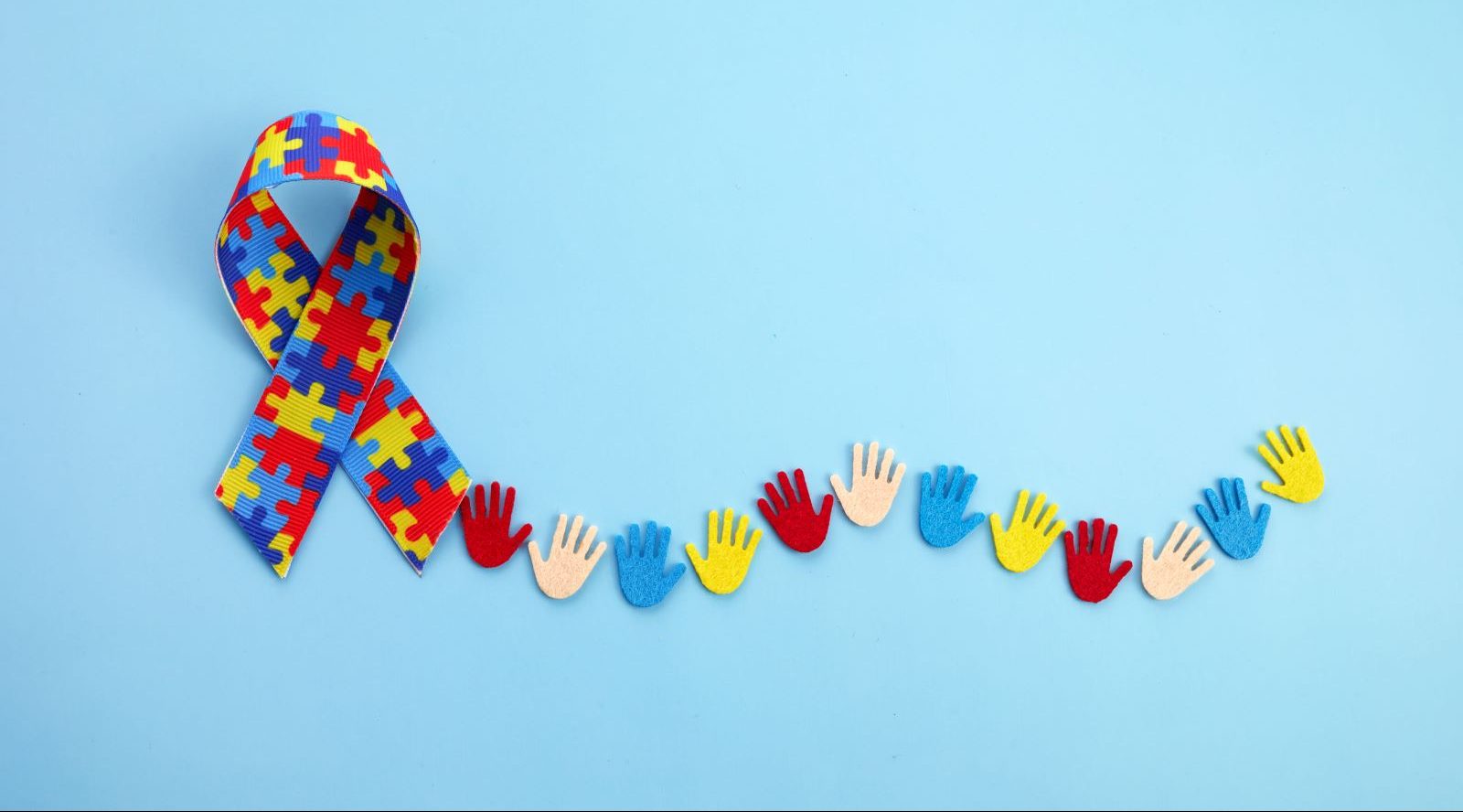The Role of Education in Supporting Trainees with Autism: Finest Practices
The Role of Education in Supporting Trainees with Autism: Finest Practices
Blog Article
Comprehending Autism: A Comprehensive Guide to Indicators and Signs
Autism Spectrum Problem (ASD) encompasses a wide variety of attributes that can considerably impact an individual's social communications and everyday functioning. Identifying the symptoms and indications, such as obstacles with eye get in touch with, social interaction difficulties, and sensory level of sensitivities, is essential for very early intervention. Comprehending these subtleties not only aids caretakers and educators in offering ideal support however additionally fosters a much more comprehensive setting for individuals with ASD. As we check out the intricacies of autism, it comes to be necessary to take into consideration how these signs materialize in different ways across the spectrum and what ramifications they hold for reliable treatment strategies.
Summary of Autism Spectrum Disorder
Defining Autism Spectrum Disorder (ASD) involves recognizing it as a complex neurodevelopmental problem identified by a variety of obstacles in social communication, interaction, and behavioral patterns. The term "spectrum" reflects the wide variability in signs and symptoms and their extent, which can vary dramatically from one person to one more. ASD usually materializes in early childhood, although some people might not get a diagnosis until later on in life.
Aspects influencing the development of ASD consist of hereditary tendencies and environmental variables, although the specific causes remain under examination. Medical diagnosis commonly depends on behavioral analyses, as there are no conclusive medical examinations for ASD. Early intervention is essential and can dramatically boost outcomes, concentrating on improving communication abilities, social interactions, and adaptive habits.
Individuals with ASD might also show distinct strengths, such as remarkable focus to detail or details areas of knowledge. Understanding the diverse nature of ASD is important for cultivating an inclusive setting that fits neurodiversity. Proceeded research study is essential for establishing reliable interventions and support group, enabling individuals with ASD to grow and meet their prospective within culture.
Typical Signs of Autism
Acknowledging the usual signs of Autism Spectrum Problem (ASD) is vital for early recognition and treatment. These signs can differ extensively in severity and presentation, yet particular qualities are regularly observed in people with ASD.
One of the most widespread indicators is a significant trouble in keeping and developing eye get in touch with. People may likewise display limited interest in social interactions and show a choice for singular play.
Sensory level of sensitivities are likewise typical; individuals may overreact or underreact to sensory stimulations, such as lights, sounds, or textures. autism. Language development can be irregular, with some kids displaying delayed speech or making use of language in uncommon methods, including echolalia-- repeating sentences or phrases heard in other places
It is important to keep in mind that not every individual with ASD will present all these indications, and the degree of these actions can vary substantially. Early recognition permits for prompt support and sources, improving the lifestyle for those on the spectrum.
Social Interaction Challenges
Social interaction difficulties are a trademark of Autism Range Condition (ASD), impacting a person's capability to engage successfully with others. These problems can show up in different ways, consisting of challenges in launching and preserving discussions, comprehending social signs, and responding suitably in social interactions.
People with ASD may fight with nonverbal communication, such as eye call, facial expressions, and body movement. This can result in misunderstandings, as their communicative intent may not be appropriately translated by others. In addition, they may locate it challenging to realize the subtleties of tone and context, which are essential for efficient interaction.
In group setups, individuals with ASD may feel overwhelmed and may not understand just how to join in discussions (autism). They may additionally display atypical conversational patterns, such as monologuing concerning certain passions without identifying social reciprocity
In addition, these obstacles can cause social isolation or problems in developing connections, as peers may misunderstand their actions or interaction style. Recognizing these social communication difficulties is critical for cultivating helpful atmospheres that promote social abilities development and improve the quality of interactions for individuals on the autism range.
Sensory Actions and sensitivities
Lots of people with Autism Spectrum Condition (ASD) experience increased sensory level of sensitivities that can substantially influence their day-to-days live. These sensitivities might show up as over-responsiveness or under-responsiveness to sensory stimuli, consisting of audios, lights, textures, preferences, and scents. For instance, an individual with ASD may locate day-to-day sounds, such as a hoover or crowded atmospheres, extremely upsetting, causing anxiety or disasters. On the other hand, some may show an indifference to discomfort or extreme temperature levels, which can present safety and security concerns.
Sensory processing distinctions in individuals with ASD can also impact their capacity to involve in regular activities and social communications. A child who is sensitive to touch might stand up to physical love or stay clear of particular clothing materials. Additionally, a preference for specific appearances or preferences can limit nutritional alternatives and develop challenges during mealtimes.
Comprehending these sensory sensitivities is crucial for acknowledging the special experiences of have a peek here people with ASD. Understanding of their sensory profiles can cultivate far better interaction and support approaches, producing an atmosphere that accommodates their requirements and explanation improves their lifestyle. Eventually, recognizing sensory level of sensitivities is an essential element of comprehending the more comprehensive spectrum of autism.

Sustaining People With Autism
Effective assistance for individuals with Autism Spectrum Condition (ASD) is vital for improving their overall well-being and promoting independence. Support strategies should be tailored to fulfill the one-of-a-kind demands of each individual, considering their strengths and difficulties.

Social skills training can also play a critical function. autism. Involving people in team tasks or role-playing circumstances can boost their ability to navigate social interactions. Additionally, it is vital to enlighten household participants, caretakers, and peers regarding ASD to promote a comprehensive and encouraging neighborhood
Verdict
In verdict, a thorough understanding of Autism Range Problem is necessary for identifying its signs and indications. Early identification of typical attributes, such as social communication challenges and sensory sensitivities, enables caretakers and instructors to execute effective treatments. By promoting enhanced communication and social abilities, people with autism can navigate their environments more efficiently. Inevitably, boosted understanding and support can significantly my response enhance the top quality of life for those impacted by ASD.
Autism Spectrum Problem (ASD) includes a broad array of attributes that can substantially impact a person's social interactions and daily performance.Individuals with ASD might have a hard time with nonverbal communication, such as eye call, facial expressions, and body language.Several people with Autism Spectrum Disorder (ASD) experience heightened sensory level of sensitivities that can significantly impact their day-to-day lives.Sensory processing distinctions in individuals with ASD can likewise influence their ability to involve in social interactions and routine tasks.Understanding these sensory sensitivities is essential for acknowledging the one-of-a-kind experiences of individuals with ASD.
Report this page